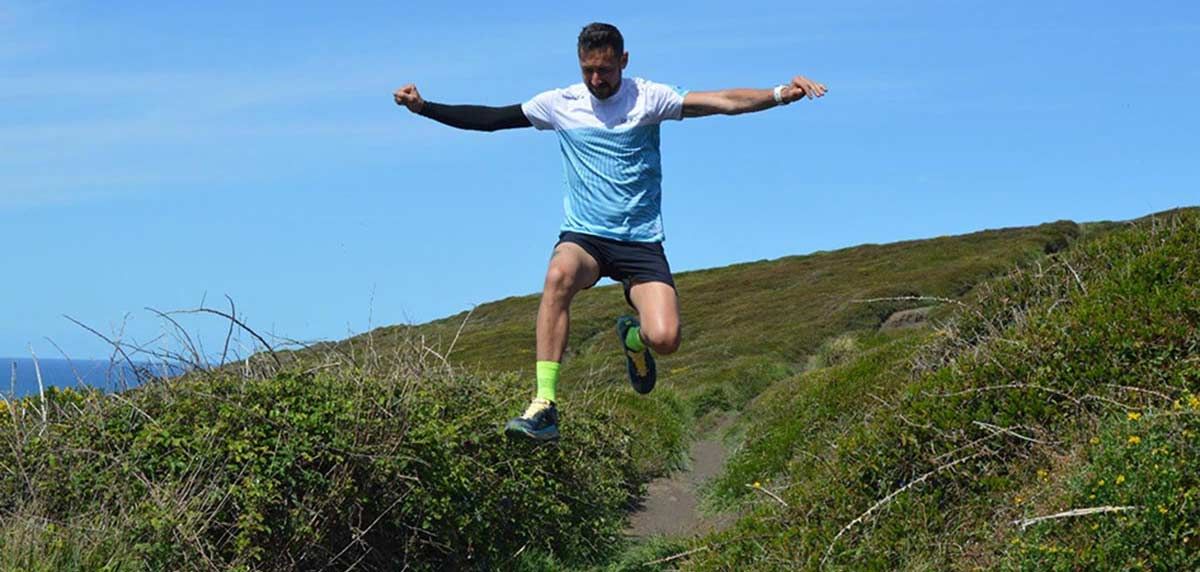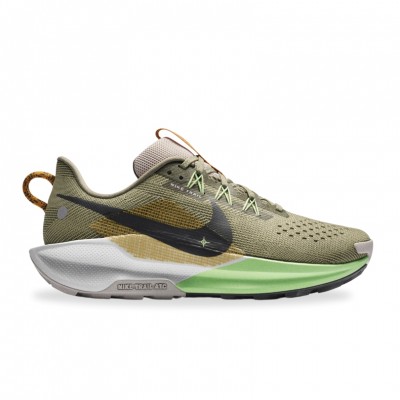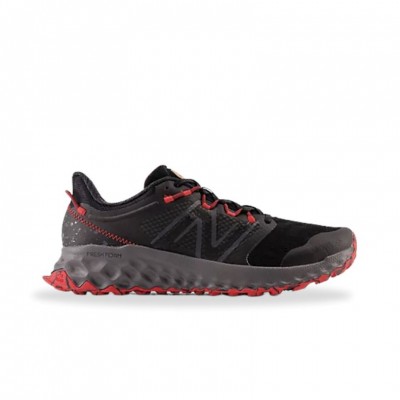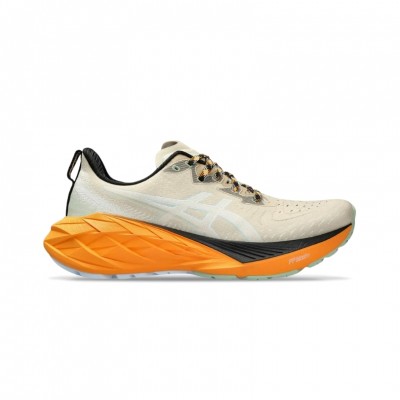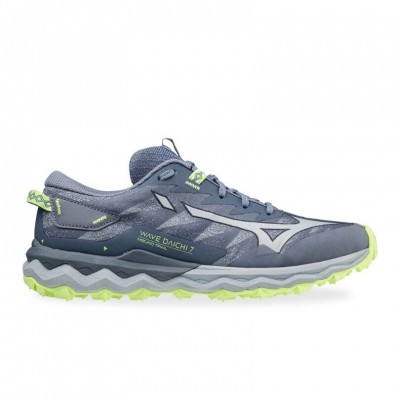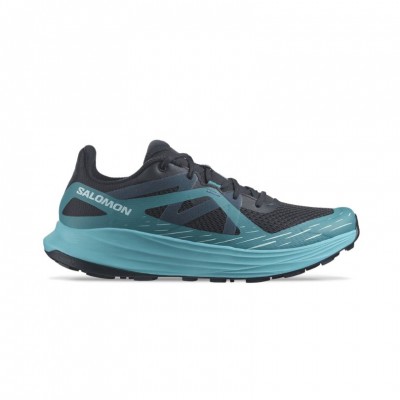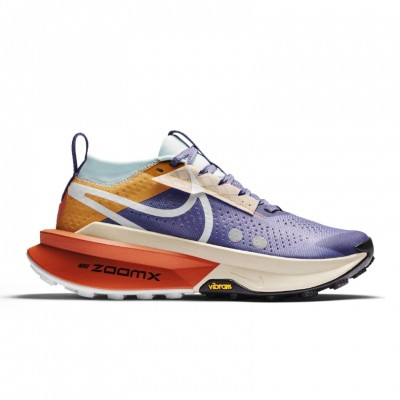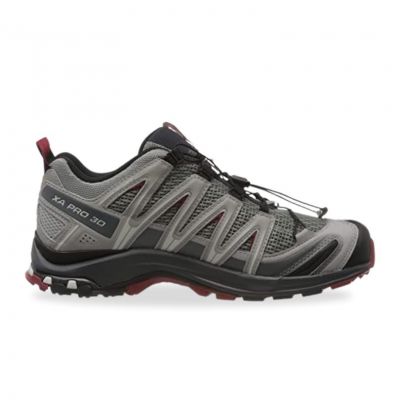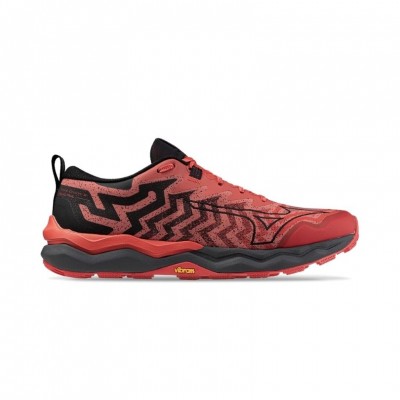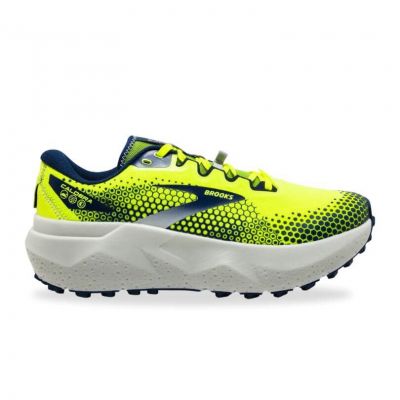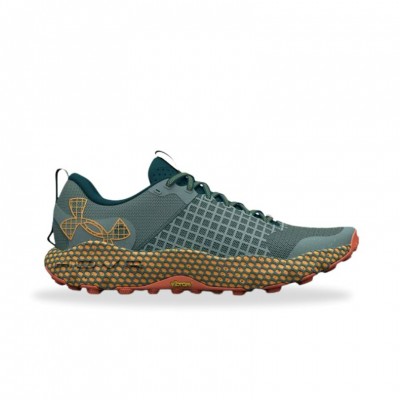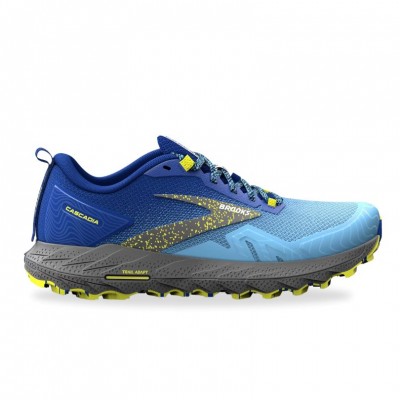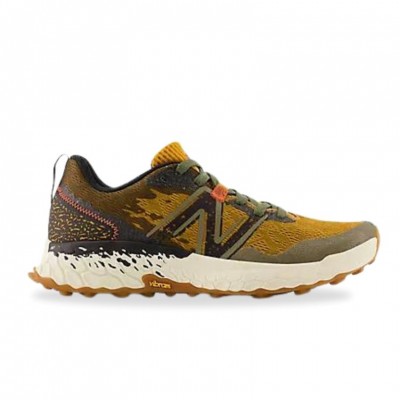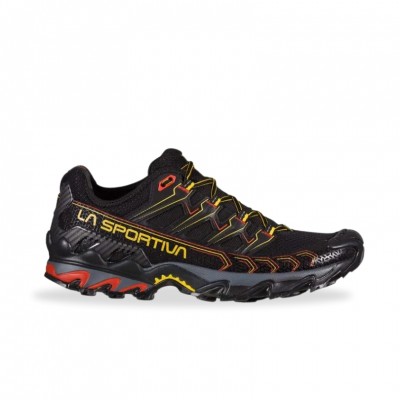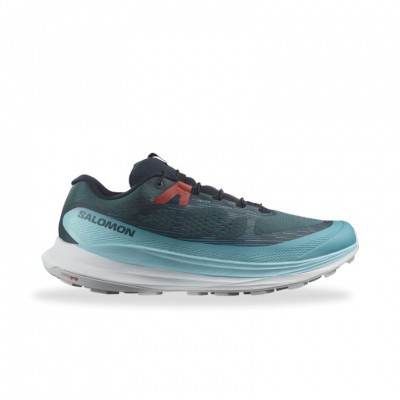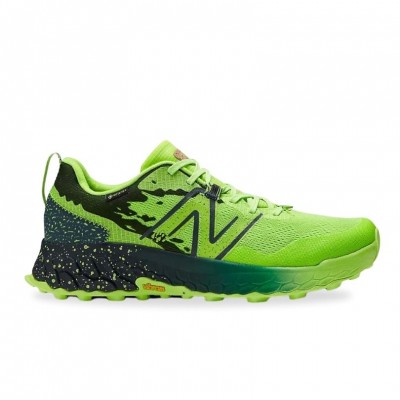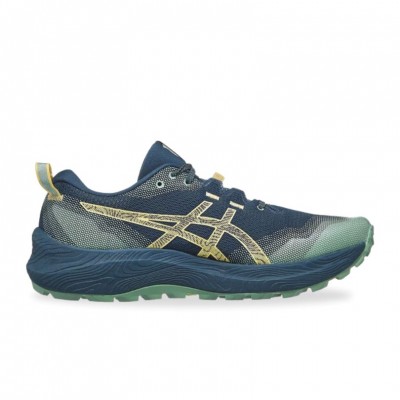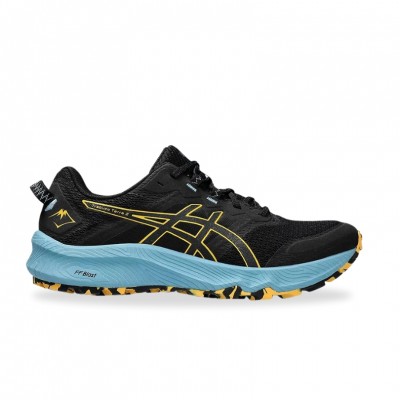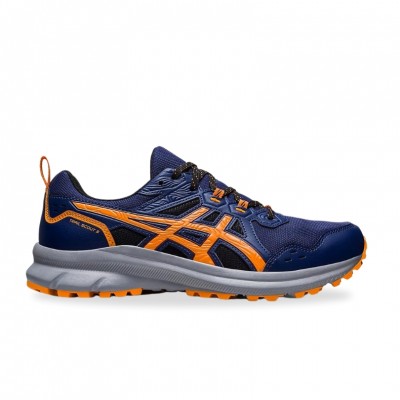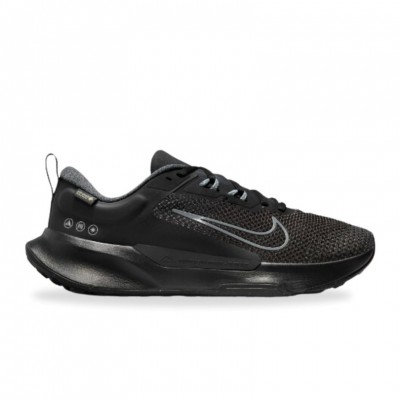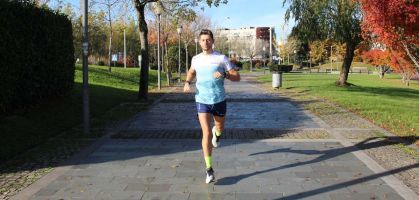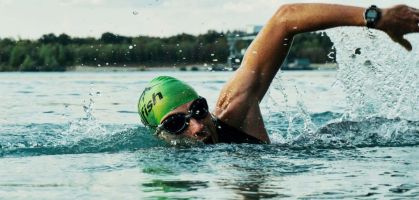You may be interested in:
There are many arguments that make trail running a totally attractive and addictive discipline. The variety and beauty of the landscapes, the change of surfaces, the combination of gradients and the feeling that time passes faster when running in nature are just some of the reasons why more and more people are choosing to train and compete in the mountains.
Beyond desire and motivation, the first step is to have good trail running shoes, as well as the right equipment for running in the mountains. Once this part is completed, we will be ready to stride through the trails and forests of our environment, provided, of course, we have the proper physical preparation.
Not sure which shoe to choose?
In a few simple steps we help you to choose the ideal running shoe for you.
GO TO THE RECOMMENDER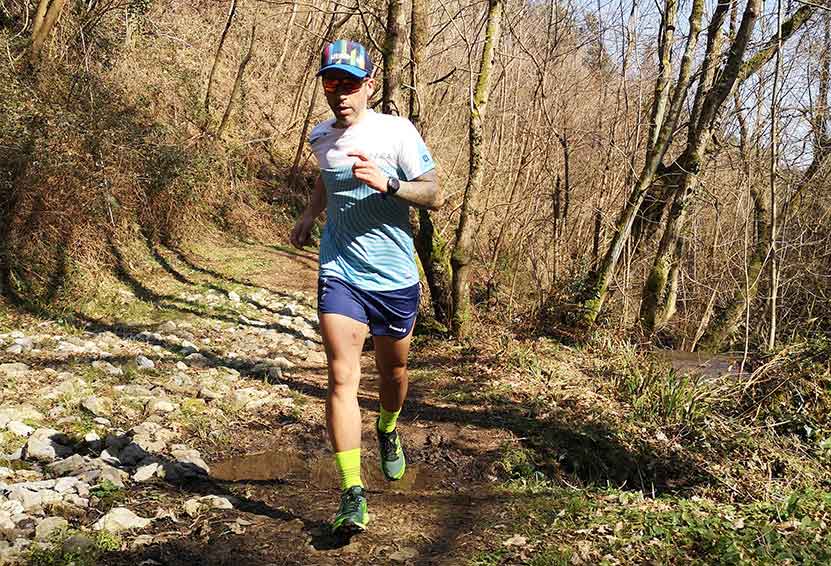
A good training plan should be adapted to the level and experience in trail running of each person. This plan should include shorter or longer runs, high-intensity sessions in the form of sets or ascending slopes and the famous CaCos that will allow us to rack up kilometres at low intensity, as well as strength training and, optionally, non-impact disciplines such as cycling or swimming as cross-training.
Perhaps there is one aspect that we don't pay special attention to when training. We probably don't notice it when training, but who hasn't gone to a trail race and been overtaken by all the participants on the descents? Or what is more frustrating, feeling slowed down and stuck due to lack of skill and confidence when descending? The good news is that this can be solved and just like training other types of content, descents can be trained specifically and not always as part of a typical mountain ride.
In RUNNEA we are going to give you the keys to face the descents of your next trail running races in a more efficient and safe way. Let's go for it!
Peculiarities of descents
As each and every one of us has experienced when running downhill or running down a flight of stairs, trail running descents have two main biomechanical and physical demands.
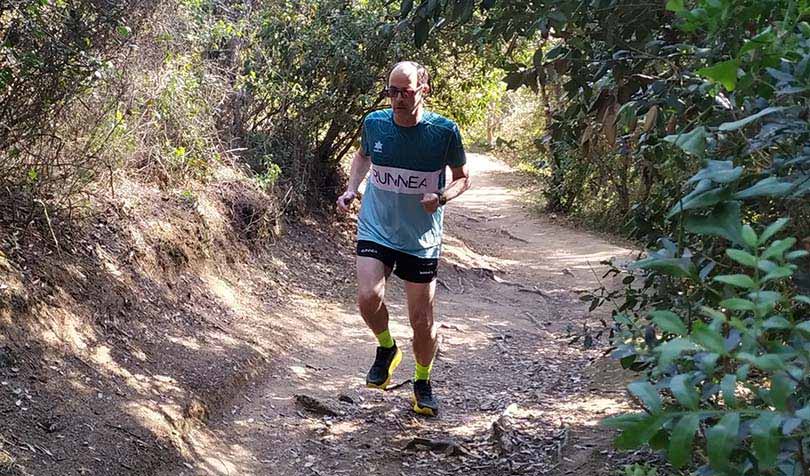
Muscular strength
The force of gravity causes the human body to "rush" downhill, so there is no choice but to support these forces through our body's musculature, joints and tendons. Unlike when we run flat or uphill, when we go down the type of muscle contraction changes, predominantly the eccentric component, where the origin and insertion of a particular muscle are separated.
Eccentric contraction requires a great deal of work and energy expenditure, so you need to be prepared to face the descents with guarantees. In this sense, repeated exposure to all types of descents and strength training will be essential to avoid suffering on the descents.
Proprioception, balance and stability
We must not confuse these three terms, as they do not mean the same thing. Proprioception is the ability of the human body to regulate its posture and locate its place in space based on a series of proprioceptive mechanisms. This system is capable of providing postural, joint and muscle control in any sporting or everyday movement (Sampietro, 2013).
On the other hand, the concept of balance refers to the dynamics of body posture to prevent falls and is directly related to the forces acting on the body. Finally, stability is the ability of a human being to maintain balance and, logically, not to be unbalanced.
The variety of slopes, types of surfaces and obstacles that we can find in the descents require that these 3 elements are activated simultaneously. For their improvement, as with strength, there is no better way than exposure to the environment to create adaptations. In parallel, any type of exercise that works proprioception, balance and stability, if possible, the best way to progress will be on stable surfaces (yes, stable), getting used to and strengthening the body structures.
How does our body act during descents?
Here we will briefly describe how the body reacts when running downhill and how we can optimise our downhill technique.
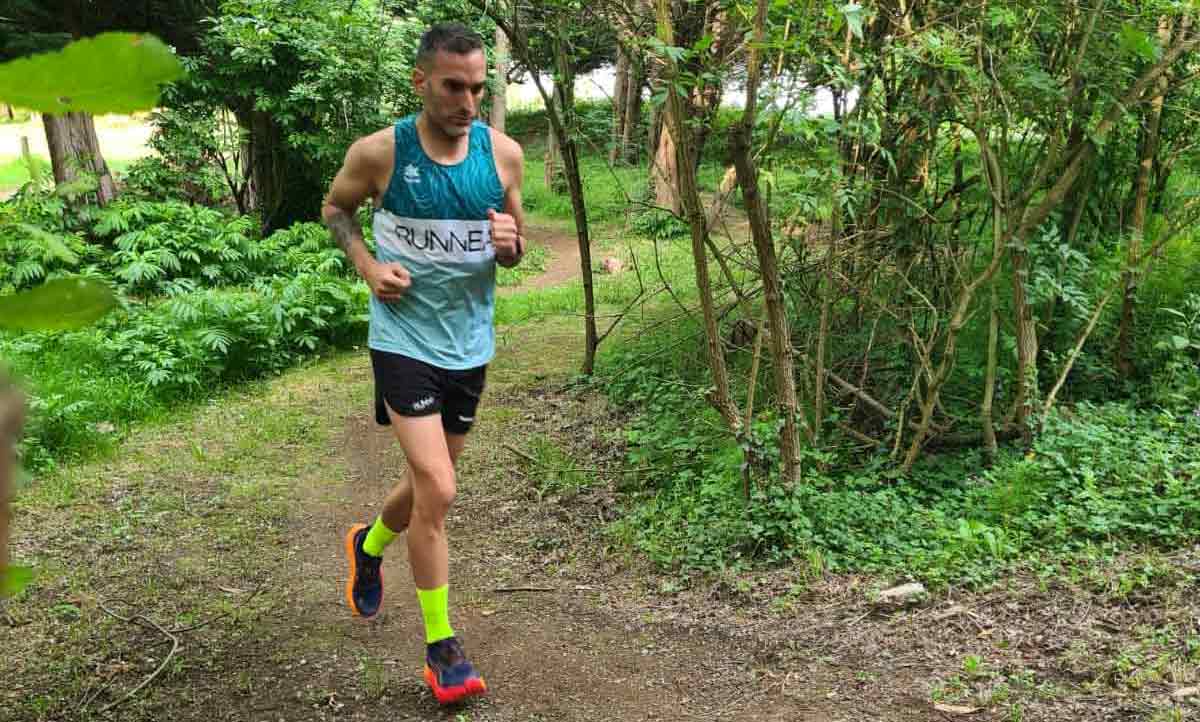
Footstrike
The descent causes the contact to occur with a high degree of knee extension, which pushes the support against the ground with the heel. As we have mentioned on other occasions, rearfoot strike is not the most optimal in terms of running technique, as it slows the body down too much and does not allow the return of energy to be used. This heel strike is also very common when we go downhill with fear or when we want to protect the ankle joint from possible sprains.
It is advisable to have a natural running gait, trying to step with a more central or front area of the foot, so that in addition to not slowing down the speed, we can propel ourselves in a better way, exercising a more reactive stride.
Torso
The force of gravity itself causes the torso to move forward. An excessive displacement entails the risk of suffering a fall, also being less efficient than if the torso were more upright. The strengthening of the entire core will be essential to withstand all these gravitational forces of impact. At the same time, it will allow us to have a much more adequate posture in order to run faster and with less risk of injury.
Arms
The movement of the arms will be essential to balance the body at all times, especially in the more technical descents or with more presence of obstacles such as rocks, gravel or roots. These movements will be performed in all directions and repeatedly, so it is advisable to work on the mobility of the shoulders, in addition to improving the strength of all the structures of the upper body.
Gaze
Where we fix our gaze also has an impact on the way we descend. On the one hand, looking down or very close to the feet will cause our posture to be inadequate, with a gesture that is too curved and shrunken. On the other hand, not seeing beyond a few metres will make it difficult to choose the best route to descend, so it is recommended to alternate periods of looking straight ahead with periods of looking closer to the ground in order to choose the best possible path.
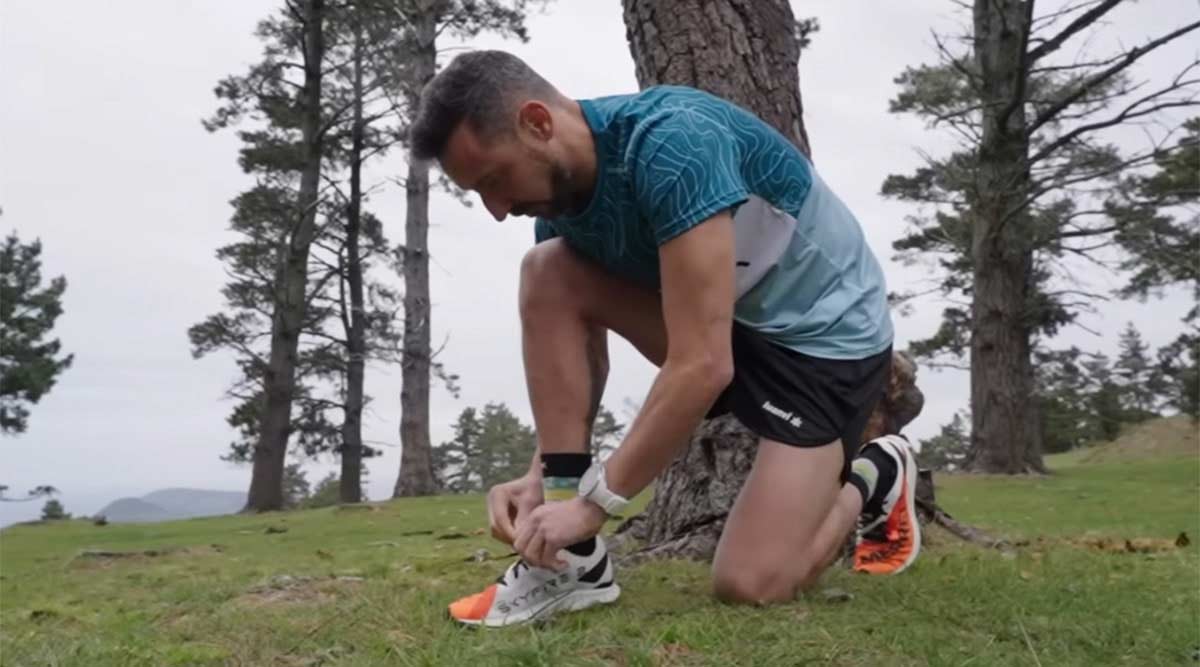
Use of sticks
Although it is partly a more personal decision, the use of sticks can improve the way of descending. As a general rule, it is more recommended for long distance events where the paces are lower or in descents where speed is not a priority and safety is more important. This added support can be a plus in very steep descents where we need an extra brake or in very technical areas where we need an extra contribution of stability and balance in each stride. But we repeat that it is a personal choice that must be trained before using it in the race.
How can I improve my downhill technique?
As we have told you before, the best way to improve the way we descend is precisely by training the descents. We can do different downhill sets of different lengths and intensities, as well as alternating more or less complicated surfaces. But here are some "curious" ways of descending that you surely did not know and will help you to progress when running downhill:
- Descents with longer steps than usual
- Descents with shorter steps than usual
- Descents alternating normal running with a very long stride (jump)
- Descents alternating normal running with 2 consecutive steps with the same leg
- Lateral descents
- Descents in which we completely stop after a sequence of strides
- Descents eliminating the stabilizing capacity of the arms: arms crossed, at the waist, at the shoulders, touching the head...
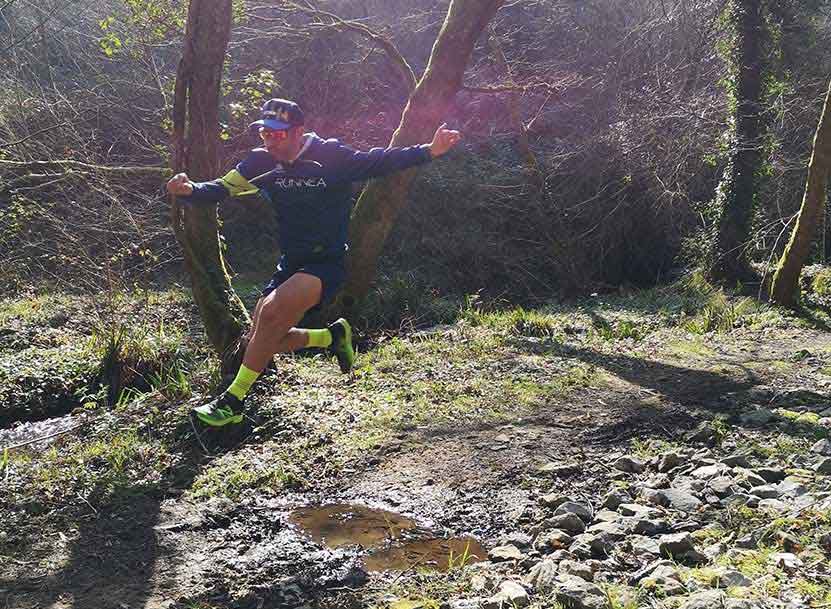
These are just some of the variations that we can put into practice. This work should be progressive and start with less technical and regular descents and gradually introduce more unstable and technical surfaces.
Do not be in a hurry to improve instantly. Like other types of ability, improvement in descents takes time to improve ability and confidence, as well as being an activity of some risk that we cannot abuse in every session.
References:
Sampietro, M. (2013). Propiocepción, Equilibrio, Estabilidad, Estabilidad estática y dinámica. ¿Todo es lo mismo? G-SE. https://g-se.com/propiocepcion-equilibrio-estabilidad-estabilidad-estatica-y-dinamica-todo-es-lo-mismo-bp-N57cfb26d41282
Read more news about: Running Training
